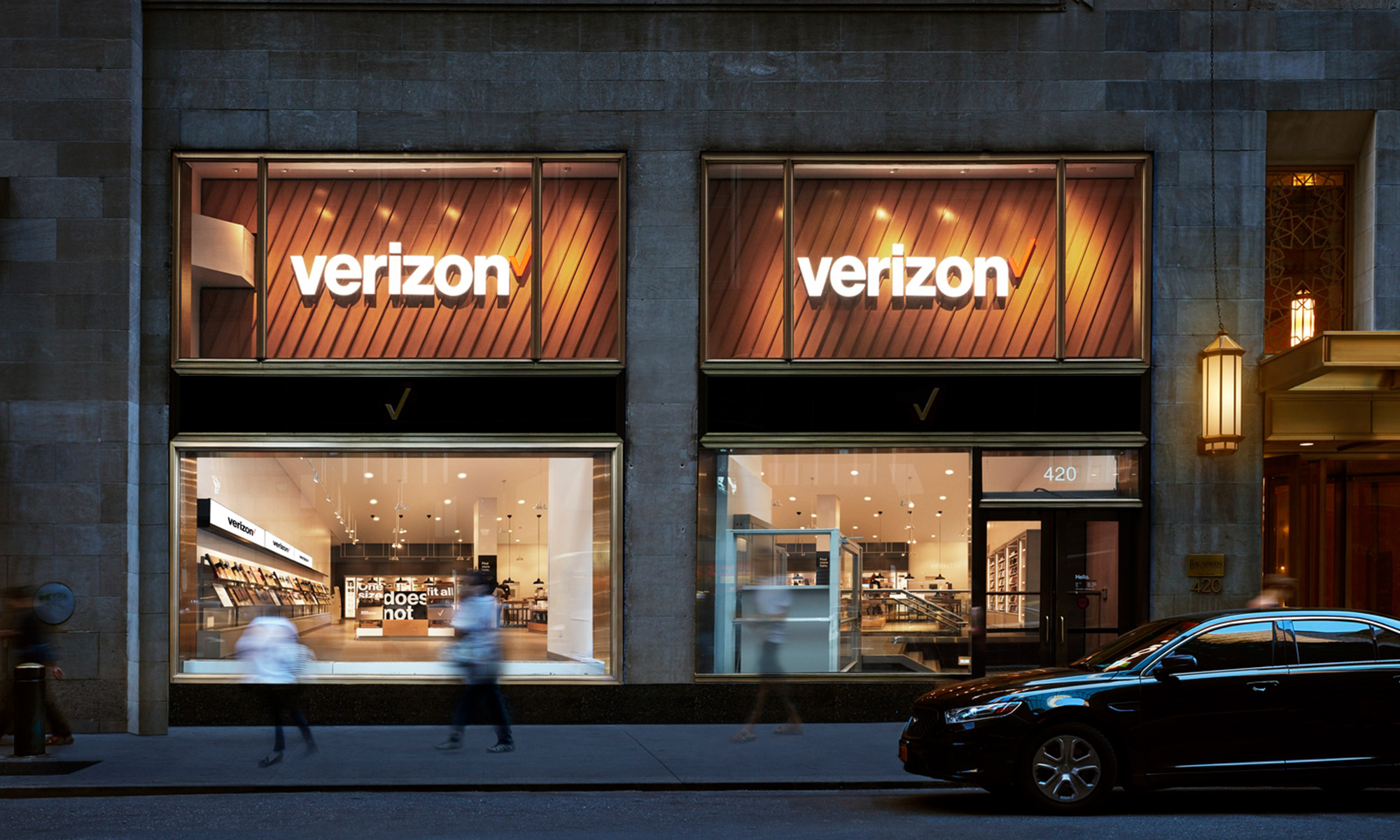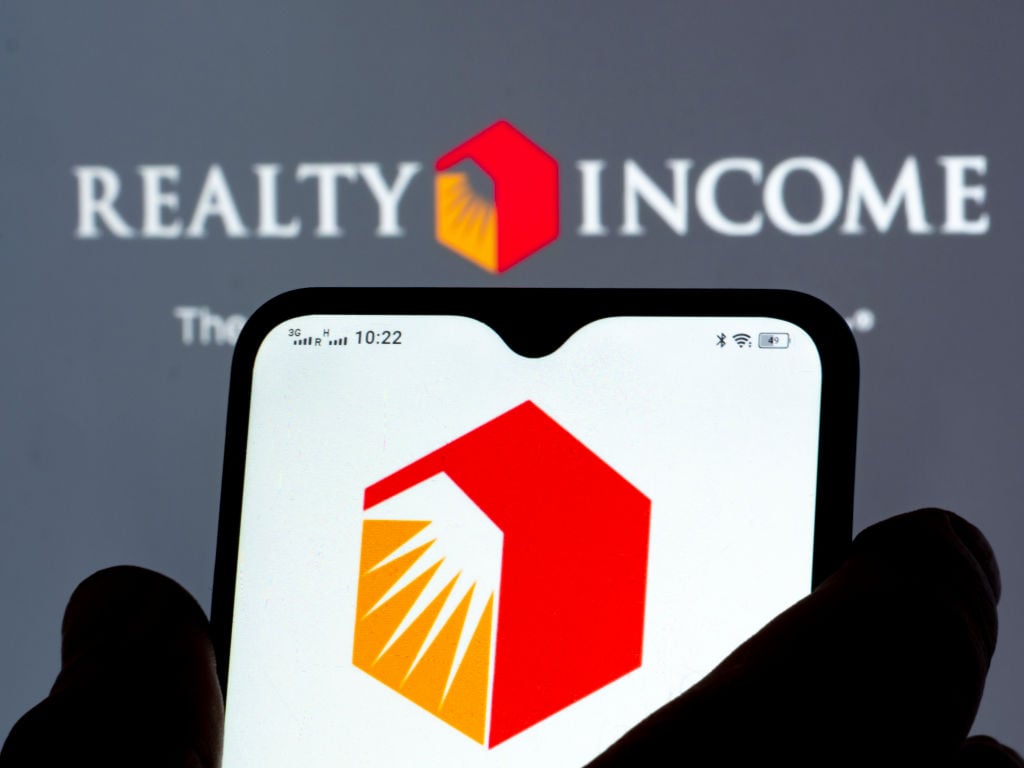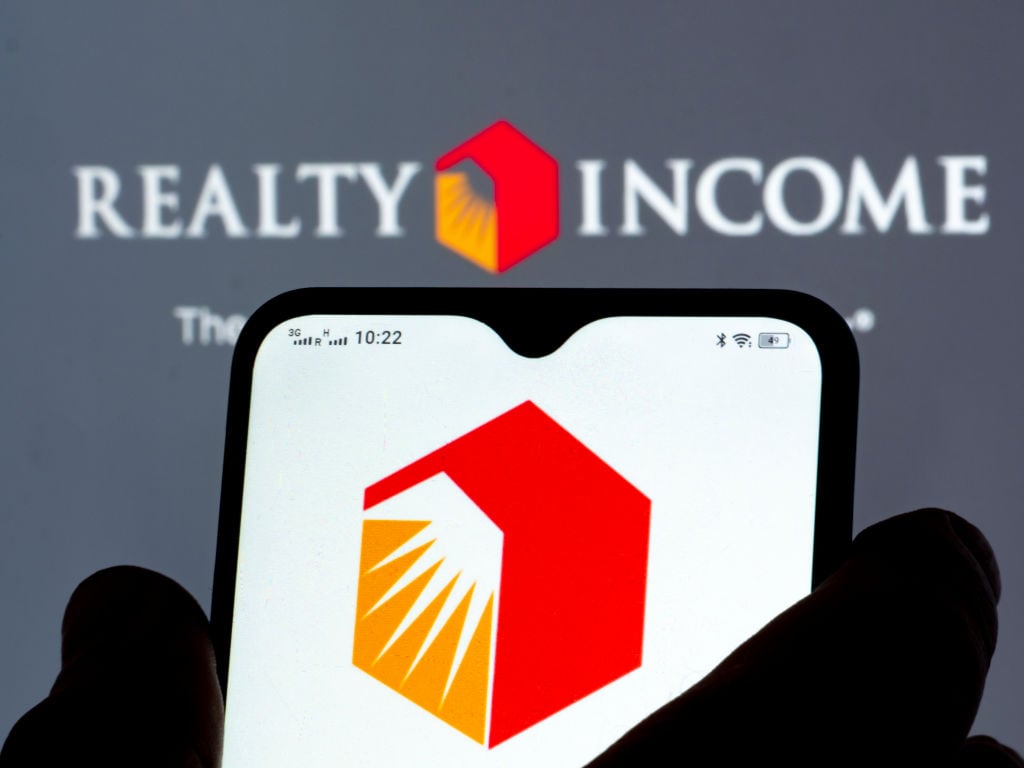Realty Income (O +1.32%) and Simon Property Group (SPG +0.37%) are both bellwether names for their respective real estate niches, and they both focus on the retail sector. But they are vastly different companies. Here's a look at just how different they are, and why one appears to be a better bargain than the other today.
1. The core of the business
Realty Income is one of the largest publicly traded net lease real estate investment trusts (REITs). That means that it owns properties (about 85% of its rent is from retail assets), but its lessees are responsible for most of the costs of maintaining those assets. It's a fairly low-risk business model in which a company sells a key property to Realty Income and then instantly rents it back under a long-term lease. The company is usually looking to free up capital to fund growth projects or reduce debt. So Realty Income is something of a funding source. Realty Income makes the difference between its cost of capital and the rents it charges, and locks that profit in with a long-term lease. It's a win-win relationship.

Image source: Getty Images
Simon is 100% tied to the retail sector because it owns enclosed malls and factory outlet centers. Like Realty Income, it is one of the largest players in the sector in which it operates. Malls, however, require a lot more management than a net lease asset. Simon has to curate the list of lessees at each mall (which can amount to hundreds of relationships per property) to ensure that consumers will be interested in shopping at the malls it owns. That's on top of making sure that a tenant is financially strong enough to pay its rent. Not only does the REIT need to make sure it has the right list of stores in its malls, but it also needs to ensure that the rest of the mall is top-notch, too. That includes everything from parking to the cleanliness of the bathrooms. It's pretty much the opposite end of the spectrum from net lease effort-wise.
2. Great locations?
Realty Income owns around 6,000 properties. With a portfolio that large, some buildings are obviously going to be better than others. In fact, Realty Income's scale is pretty impressive, so it takes sizable deals to move the needle on the top and bottom lines. For example, in 2019 it bought roughly 450 properties in a single $1.25 billion acquisition. Every one wasn't a winner, but in order to see the impact it had to take the good with the bad.
That brings up an interesting point about net lease assets: Growth comes largely via portfolio expansion (contractual rent increases are nice, but generally track along with inflation). So Realty is constantly on the lookout for properties. That said, it is usually working to prune less desirable assets from its massive portfolio as well, because, as noted, with such a large portfolio you are bound to pick up a few duds along the way.
Simon's portfolio is roughly 200 properties. Because of the scale of a mall, and the fact that being in wealthy and well populated regions is vital, it can't just add assets willy nilly -- each property must be capable of standing on its own. On that score, Simon has built an enviable portfolio of well located assets. Its growth comes from improvements it makes to the properties it owns (allowing for rent increases and property expansion) and new malls, which it often builds from the ground up. Today it has a few factory outlet centers under construction in foreign markets, but it's spending most of its time upgrading the malls it currently owns. The key difference here, though, is that Simon needs to focus a lot more than Realty Income on the location and quality of its existing assets. Buying and selling properties is much less frequent.
3. The sky isn't falling
Realty Income's portfolio has held up very well (its occupancy is over 98%) despite the increasing pain being felt in the retail sector as consumers shift toward online shopping. Many of its properties are necessity (pharmacies and gas stations), experiential (movies and restaurants), and service related (fitness). Thus it has been somewhat protected from the over-hyped retail apocalypse.
Simon, while also holding up quite well, has felt the brunt of investor concerns here. That makes sense given that much of the pain being experienced in the retail sector is hitting the types of retailers that occupy the malls it owns (notably fashion retailers and department stores).
However, with Simon's occupancy levels up near 95%, its well-located assets appear to be navigating the changes taking shape relatively well. In fact, the retail apocalypse is more likely to be a shift in which stores consumers want to see in a mall rather than the end of the mall itself. Sure, weak malls will go under, but even online stores are opening physical retail outlets in desirable locations. Simon's well-located malls are an obvious draw, even if the transition from old-line tenants to new ones might take some time. Simon will have to keep spending to keep its malls fresh and appealing (it has roughly $7 billion in liquidity to help get that done), but there's little evidence yet that the mall concept is actually dead.
4. Polar opposite perceptions on Wall Street
At the end of the day, Realty Income and Simon are both large and well run REITs. They are leaders in their respective niches.
However, Wall Street has very different views of the two companies today, seeing one as largely resistant to the retail apocalypse and the other overly exposed.
Thus, Realty Income's stock is trading near all-time highs. Its 3.6% yield, meanwhile, is near an all-time low. To be fair, this is actually good news for the REIT, since one way it raises capital is by selling stock. As such, its cost of capital is very low right now, allowing it to more easily ink new deals. However, new investors should proceed with caution: Realty Income's price to funds from operations (FFO) is around 23 times today (this is like price to earnings for an industrial stock). That's what you'd expect from a growth stock, not a dividend stock known for slow and steady dividend growth. Put simply, Realty Income looks expensive. In fairness, it's a great company, so a premium valuation makes sense. But today's price appears extreme.
SPG Dividend Yield data by YCharts
Simon, on the other hand, has lagged well behind the REIT universe. Its 5.7% yield is the highest it has been since the 2007 to 2009 recession. It's also well above the yield offered by Realty Income and the average REIT, as measured by Vanguard Real Estate ETF. The company's price to FFO ratio is around 12 times right now. Compared to Realty Income, it is clearly on the "for-sale" rack (sorry, that pun was too easy). For an REIT that owns great properties and runs them very well, even in the face of adversity, that seems like an opportunity for value-conscious investors.
Which is better?
Clearly, Simon Property Group looks like a better buy today. It is dealing with a headline-grabbing headwind, but it is doing well despite the gale. Meanwhile, investors seem to have taken the view that all mall REITs should be avoided, even well run ones like Simon. For investors that can stomach some uncertainty, Simon Property Group is the easy winner here.
But don't take that to mean that Realty Income is a bad REIT. It's not -- it's just an expensive one right now. In fact, most investors would do well to put it on their wish list, just in case there's a notable pullback. At the right price, it would be a wonderful addition to a dividend-focused portfolio.









